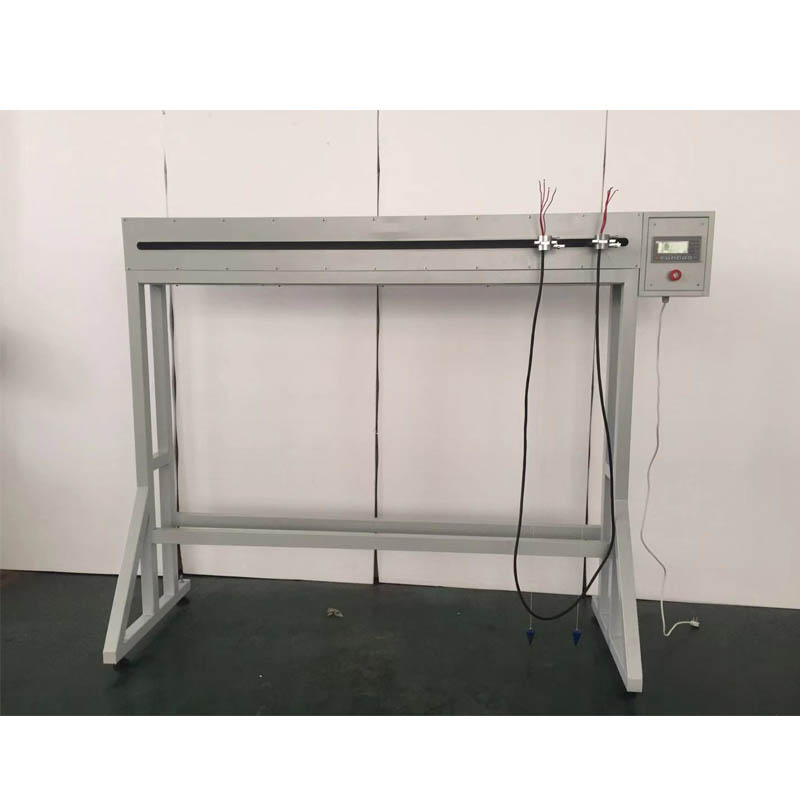conductor resistance measurement equipment suppliers
Understanding Conductor Resistance Measurement Equipment and Its Suppliers
When it comes to ensuring the reliability and efficiency of electrical systems, one of the critical factors is the measurement of conductor resistance. Conductor resistance not only impacts the performance of electrical installations but also plays a crucial role in safety and compliance with industry standards. For this reason, the procurement of high-quality conductor resistance measurement equipment is essential for businesses and professionals in the electrical industry. In this article, we will explore the importance of conductor resistance measurement, the technology behind it, and the key suppliers in the market.
The Importance of Measuring Conductor Resistance
Conductor resistance measurement is vital for several reasons. First and foremost, it helps in diagnosing potential issues within electrical circuits. High resistance in conductors can lead to overheating, voltage drops, increased energy losses, and can even pose safety risks such as equipment malfunctions and electrical fires. By measuring resistance, professionals can identify weaknesses in the system and take corrective actions before problems escalate.
Moreover, regulatory compliance is another significant factor driving the need for accurate resistance measurement. Various industry standards, including IEEE, IEC, and others, require regular testing of electrical installations to ensure safety and reliability. Failure to comply with these can lead to legal repercussions, financial losses, and breaches of safety protocols.
Technology Behind Resistance Measurement
Conductor resistance is typically measured using specialized equipment that employs different methodologies, including
1. Four-Wire Method This is the most common technique for measuring low resistance, especially in power cables and large electrical systems. It uses four terminals to eliminate the effects of lead and contact resistance. Two terminals provide the current (I) while the other two measure the voltage (V), allowing for accurate calculations using Ohm's Law (R = V/I).
2. Wheatstone Bridge This method is used for precision measurements and works on the principle of balance within a resistive circuit. It's effective for laboratory settings or when high accuracy is needed.
3. Multimeters and Micro-ohmmeters Modern multimeters and specialized micro-ohmmeters can measure low resistance effectively, making them suitable for field applications. These devices often come with additional features, such as data logging and connectivity options, enhancing their utility.
conductor resistance measurement equipment suppliers

Key Suppliers in the Market
The market for conductor resistance measurement equipment is populated with several key players, each offering various solutions tailored to different needs. Some renowned suppliers include
1. Fluke Corporation Fluke is well-known for its comprehensive range of electrical testing equipment, including advanced multimeters and insulation testers that can measure conductor resistance effectively.
2. Hioki This Japanese company offers a range of precision measurement equipment, including micro-ohm testers and resistivity meters. Hioki products are known for their accuracy and reliability.
3. Megger A leader in electrical testing, Megger provides specialized equipment for insulation and resistance testing, ensuring that users can effectively measure and analyze conductor resistance.
4. Kyoritsu This company focuses on delivering versatile electrical testing solutions, including resistance testers that cater to both industrial and utility applications.
5. Ametek Under its Ametek Test and Calibration division, the company offers equipment for precise resistance measurement, aimed at industrial applications.
Conclusion
The measurement of conductor resistance is a critical aspect of electrical system management, impacting both performance and safety. With advanced technologies and reputable suppliers in the market, professionals can choose the appropriate equipment to ensure that their installations meet required standards and operate efficiently. Investing in quality resistance measurement tools not only safeguards assets but also ensures the safety and satisfaction of end-users. As technology evolves, it will be interesting to see how these measurement methods advance, promising even greater accuracy and efficiency in the future.
-
The Role of Tensile Force Testers in Quality Control and Material Science
NewsAug.01,2025
-
Maintenance and Safety Tips for Aging Ovens
NewsAug.01,2025
-
Density Balance in Forensic Science
NewsAug.01,2025
-
Advanced Optical Measurement Technologies
NewsAug.01,2025
-
A Buyer’s Guide to Tensile Test Machines
NewsAug.01,2025
-
Why the Conductor Resistance Constant Temperature Measurement Machine Redefines Precision
NewsJun.20,2025
 Copyright © 2025 Hebei Fangyuan Instrument & Equipment Co.,Ltd. All Rights Reserved. Sitemap | Privacy Policy
Copyright © 2025 Hebei Fangyuan Instrument & Equipment Co.,Ltd. All Rights Reserved. Sitemap | Privacy Policy
